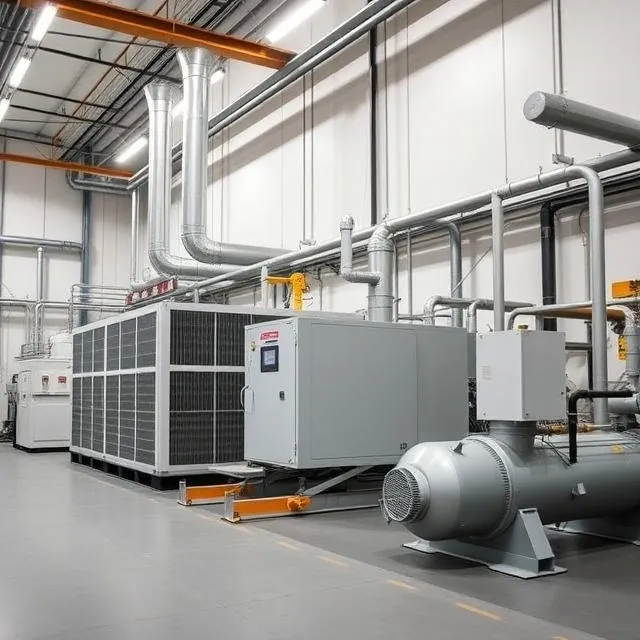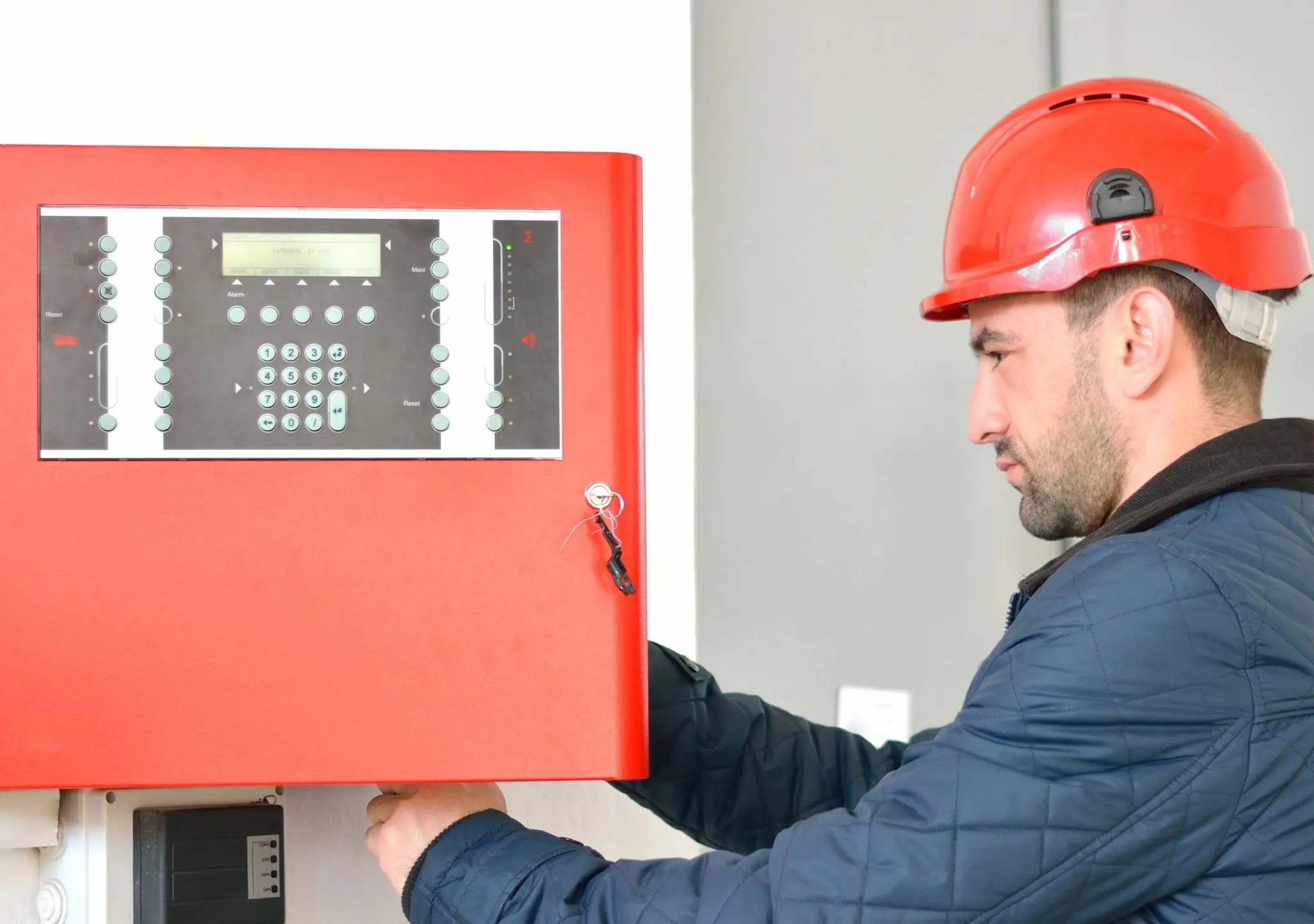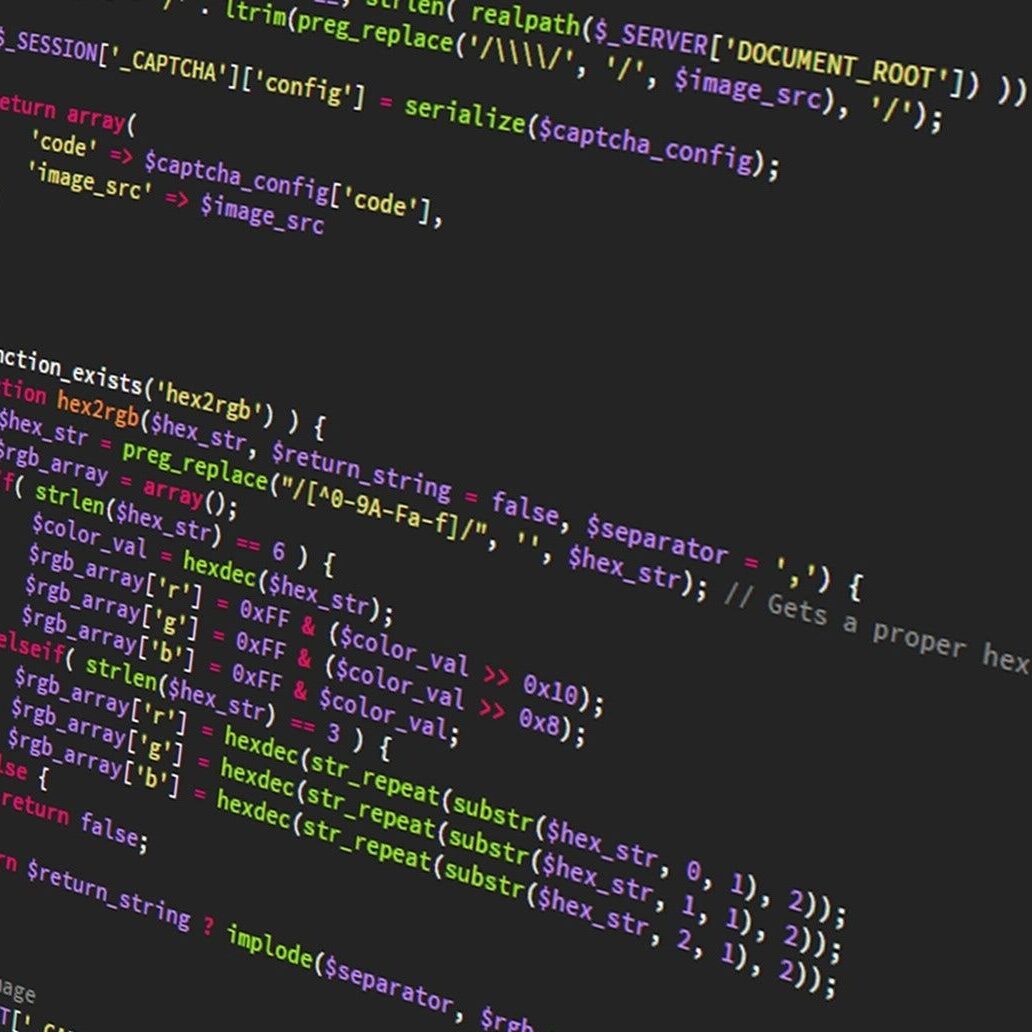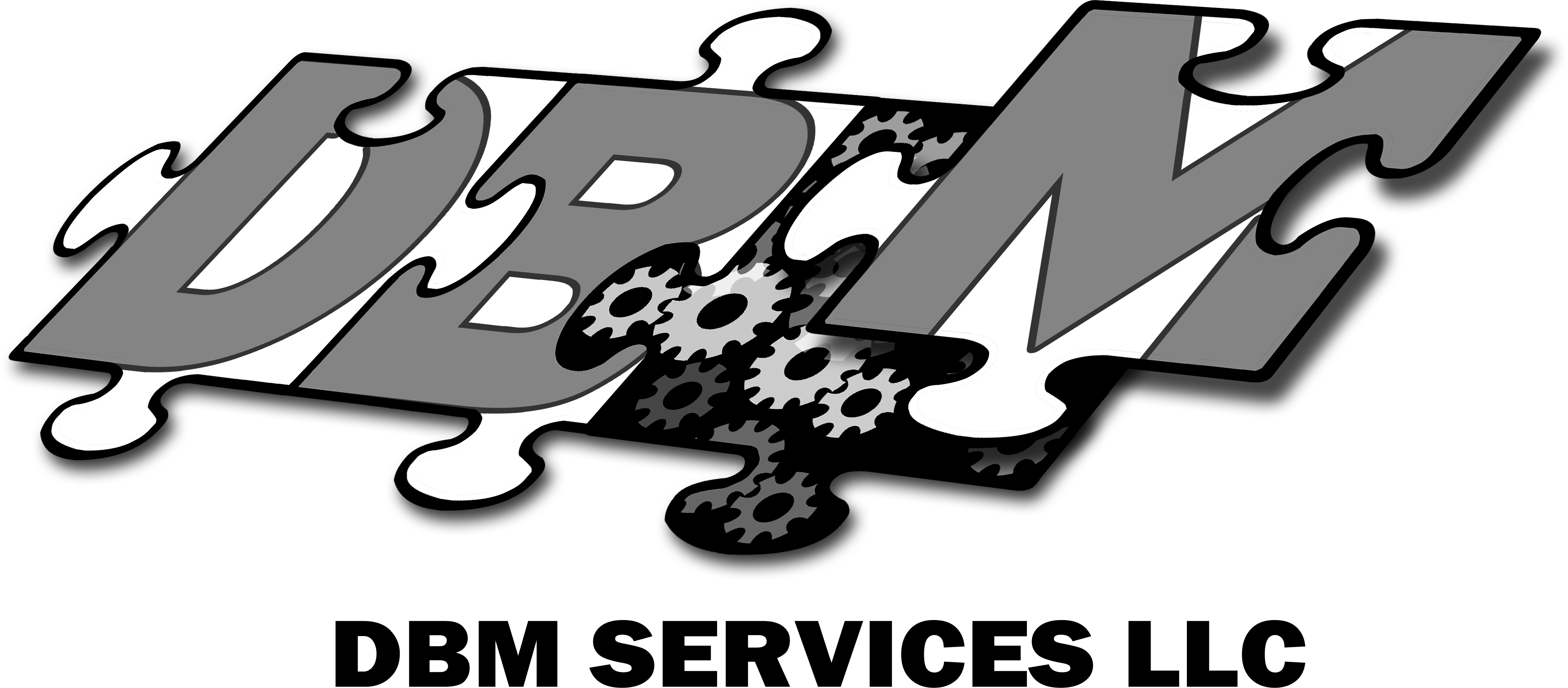PLC Programming
Design, integrate, refine, and troubleshoot PLC control systems to automate industrial processes, ensuring efficiency, precision, and reliability.

PLC Hardware, Optimization, & Languages
PLC Hardware
-
Expertise in multiple PLC hardware platforms across leading brands.
-
In-depth knowledge of PLC components, including I/O modules, power supplies, CPUs, and remote I/O systems.
-
Skilled in interpreting PLC manuals, datasheets, and wiring diagrams for accurate configuration and troubleshooting.


PLC Optimization
-
Optimization of I/O handling, cycle time reduction, and fault detection for enhanced system performance.
-
Extensive experience in interfacing & communication protocols for seamless system integration.
-
Modular and scalable programming for long-term maintainability.
-
Ensuring precise timing and synchronization for high-speed manufacturing processes.
Programming Languages
-
Ladder Logic (LD):
Standard for simple control systems.
-
Structured Text (ST):
High-level language for complex functions.
-
Function Block Diagram (FBD):
Ideal for continuous processes.
-
Instruction List (IL):
Low-level programming language (less common in modern PLCs).
-
Sequential Function Charts (SFC):
Best for state-based or sequential operations.

Manufacturing Programming

Manufacturing Processes
-
Sequential-based logic to manage advanced process sequences, including pauses and skips.
-
State-based logic to handle recipe operations.
-
Integration of safety interlocks and fault-handling mechanisms.
-
Expertise in PID loop tuning for precise control and process optimization.
-
Real-time monitoring and feedback loops for dynamic process adjustments.
Manufacturing Machinery
-
Machine cycle control logic for optimized workflows.
-
Advanced sensor integration for dynamic performance adjustments.
-
OEE (Overall Equipment Effectiveness) Improvement:
Minimizing unplanned downtime through efficient PLC programming.
-
Motor control strategies, timing synchronization, and actuation sequencing for high-precision operation.


Manufacturing Plant & Facility
-
PLC-based monitoring and control of HVAC, compressed air, and utility systems.
-
Intelligent power management with load balancing and energy-saving logic.
-
Security and access control automation.
-
Fire detection, alarm coordination, and emergency evacuation automation.
PLC Integration, Revitalization, & Migration
Advanced System Integration
(Robotics, Vision, Servos, Barcodes, Etc.)
-
Seamless communication between PLCs and robotics, vision systems, servo motors, and barcode systems.
-
Fault-handling routines for swift response to errors.
-
Ensuring smooth handshaking and synchronization between PLCs and external systems.
-
Utilizing PLC tools like Logic Compare to accelerate troubleshooting.


Real-Time Fault Detection & Recovery
-
Integrating condition-based monitoring and diagnostics for proactive fault detection.
-
Self-correcting logic to restore operations with minimal manual intervention.
-
Detailed fault logging and alarm notifications for efficient troubleshooting.
-
Leveraging IIoT and SCADA for real-time fault tracking and remote management.
Logic Streamlining
-
Refining PLC logic to eliminate inefficiencies and improve responsiveness.
-
Using UDTs (User-Defined Types) for structured, reusable, and efficient programming.
-
Scalable program design with modular logic for future expansion.


Legacy PLC Systems
-
Diagnosing and resolving issues in outdated PLC programs.
-
Migrating legacy systems to modern PLC platforms with minimal disruption.
-
Recoding and optimizing older PLC logic for better performance.
-
Upgrading industrial networks to support modern communication protocols.
Optimize Your PLC Systems for Peak Performance
Let’s discuss how we can improve efficiency, reliability, and automation in your operations.

